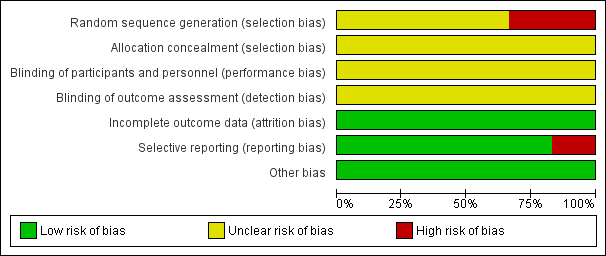Contenido relacionado
Revisiones y protocolos relacionados
Zhuyin Li, Zhe Li, Longshuan Zhao, Yao Cheng, Nansheng Cheng, Yilei Deng | 17 agosto 2021
Betina Ristorp Andersen, Finn Lasse Kallehave, Henning Keinke Andersen | 20 julio 2005
Senthil Kumar, Peng F Wong, David J Leaper | 21 enero 2009
Shiyi Zhou, Yao Cheng, Nansheng Cheng, Jianping Gong, Bing Tu | 2 mayo 2024
Gurdeep S Mannu, Maria K Sudul, Joao H Bettencourt‐Silva, Elspeth Cumber, Fangfang Li, Allan B Clark, Yoon K Loke | 13 noviembre 2017
Ali Irqam Malik, Richard L Nelson, Samson Tou | 7 julio 2010
Thomas Jaschinski, Christoph G Mosch, Michaela Eikermann, Edmund AM Neugebauer, Stefan Sauerland | 28 noviembre 2018
Rashmi Verma, Richard L Nelson | 18 julio 2007
Iosief Abraha, Gian A Binda, Alessandro Montedori, Alberto Arezzo, Roberto Cirocchi | 25 noviembre 2017
Bruno Amato, Lorenzo Moja, Salvatore Panico, Giovanni Persico, Corrado Rispoli, Nicola Rocco, Ivan Moschetti | 18 abril 2012











